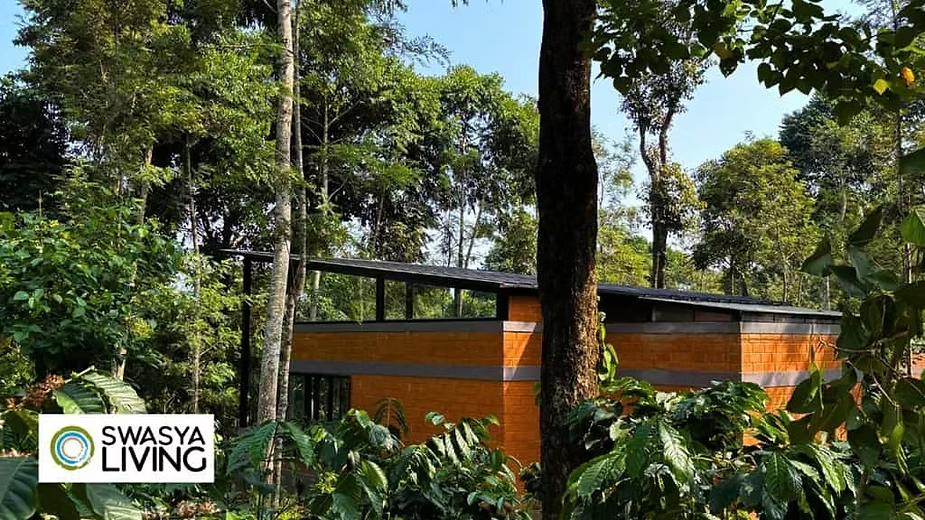Regenerative Agriculture: Going Beyond Sustainable Agriculture
Published on July 28, 2025

In the world of farming, there are different methods, each with its own approach. To manage land wisely, especially with climate change affecting us, it's important to understand these methods.
In the world of farming, there are different methods, each with its own approach. To manage land wisely, especially with climate change affecting us, it's important to understand these methods.
We often hear the term "sustainable farming," but what does it really mean? And is it enough? Let's dive into this, comparing it to regenerative farming, which aims to go beyond just sustaining our land.
Sustainable Agriculture: A Step, Not the Destination
Sustainable farming is about using practices that reduce harm done to the environment. It focuses on maintaining what we have and keeping things from getting worse. However, this approach has its limits. It's like trying to stay afloat without actually moving forward. Sustainable farming helps, but it doesn’t fully address the damage done to our environment. We need more than just maintaining; we need to actively revive our land.
The Essence of Regenerative Agriculture
Regenerative farming goes further than sustainable farming by aiming to restore and renew the land. Think of it like hitting the refresh button on our ecosystems. This method focuses on soil health, which is crucial for a healthy planet. Healthy soil supports many forms of life, from tiny microorganisms to large plants, which then support entire ecosystems. Regenerative farmers are not just growing crops; they are caretakers of the land, working to ensure a healthy planet through healthy soil.
Principles of Regenerative Farming
1. Don’t Disturb the Soil
Soil is like a busy city underground, full of worms, fungi, and air pockets. Using heavy machinery or synthetic fertilizers can disrupt this city. By disturbing the soil less, we help maintain this underground community, which is vital for a thriving ecosystem.
2. Keep the Soil Surface Covered
Exposed soil can be damaged by rain, sun, and frost. Covering the soil with plants or crop residues protects it, much like a blanket protects us from the cold.
3. Keep Living Roots in the Soil
Living roots feed the soil’s microorganisms, which are crucial for soil health. These roots also support fungi that help plants get nutrients. Keeping roots in the soil as much as possible is essential for a healthy soil ecosystem.
4. Grow a Diverse Range of Crops
Planting different kinds of crops is better for the soil. Just like nature has various plants, our farms should too. This diversity supports a healthy soil environment and reduces the need for chemical inputs.
5. Prioritize Soil Health
Regenerative farming focuses on organic practices and reduces the use of synthetic fertilizers and pesticides. Including animals in farming through managed grazing can improve soil health and store carbon in the soil. This holistic approach makes the soil more resilient and productive.
Regenerative Agriculture Pros and Cons
Every farming method including regenerative agriculture has its pros and cons. Let’s first begin by listing the pros.
Pros | Cons |
Balanced Soil pH Regenerative farming helps maintain the right balance of acidity and alkalinity in the soil, which is crucial for plant growth | Knowledge and Skill Requirements Transitioning to regenerative practices often requires a deep understanding of ecological principles and careful management of farming systems. Farmers may need training and support to implement these techniques effectively. |
Detoxifying the Soil Over time, harmful chemicals from conventional farming can build up in the soil. Regenerative practices help neutralize these toxins, making the soil healthier. | Initial Transition Costs Switching from conventional to regenerative agriculture may involve upfront costs for infrastructure, equipment, and changes in farming practices. Some farmers may face financial barriers to adoption, especially in the short term. |
Better Nutrient Exchange Healthy soil can hold and exchange nutrients with plant roots more efficiently, leading to better crop growth and higher yields. | Yield Variability While regenerative practices aim to improve soil health and crop resilience, yields may fluctuate initially as farmers adapt to new methods and environmental conditions. It may take time to optimize production under regenerative systems. |
Thriving Microbial Life Regenerative farming supports a rich community of soil microorganisms, like bacteria and fungi, which help plants grow and protect them from diseases. | Market Challenges Despite growing consumer demand for sustainable and regeneratively produced goods, market access and pricing mechanisms may not always favor regenerative farmers. Adequate market incentives and certification programs are needed to support these practices. |
Improved Water Management Healthy soil absorbs and retains water better, preventing erosion and providing a stable water supply for plants. This also helps in managing floods and purifying water. | Scale and Scalability While regenerative agriculture can be successful on small to medium-scale farms, scaling up these practices to larger operations or industrial agriculture settings may present logistical and operational challenges. |
Stronger, Healthier Plants Plants grown in regenerative systems are more nutrient-dense and resilient to pests and diseases. This reduces the need for harmful pesticides, benefiting the environment and consumers. | |
Better Soil Structure Regenerative practices improve soil structure, making it easier for roots to grow deep and access nutrients and water efficiently. | |
Increased Harvests By improving soil health, regenerative farming leads to higher crop yields. This supports food security, local economies, and a sustainable food system. |
|
These were the regenerative agriculture pros and cons.
Conclusion
While sustainable farming is important, regenerative farming offers a more comprehensive solution. It not only maintains but actively improves the environment, ensuring a resilient and thriving ecosystem. Embracing regenerative practices is not just about farming differently; it's about committing to a healthier, greener future for all.
